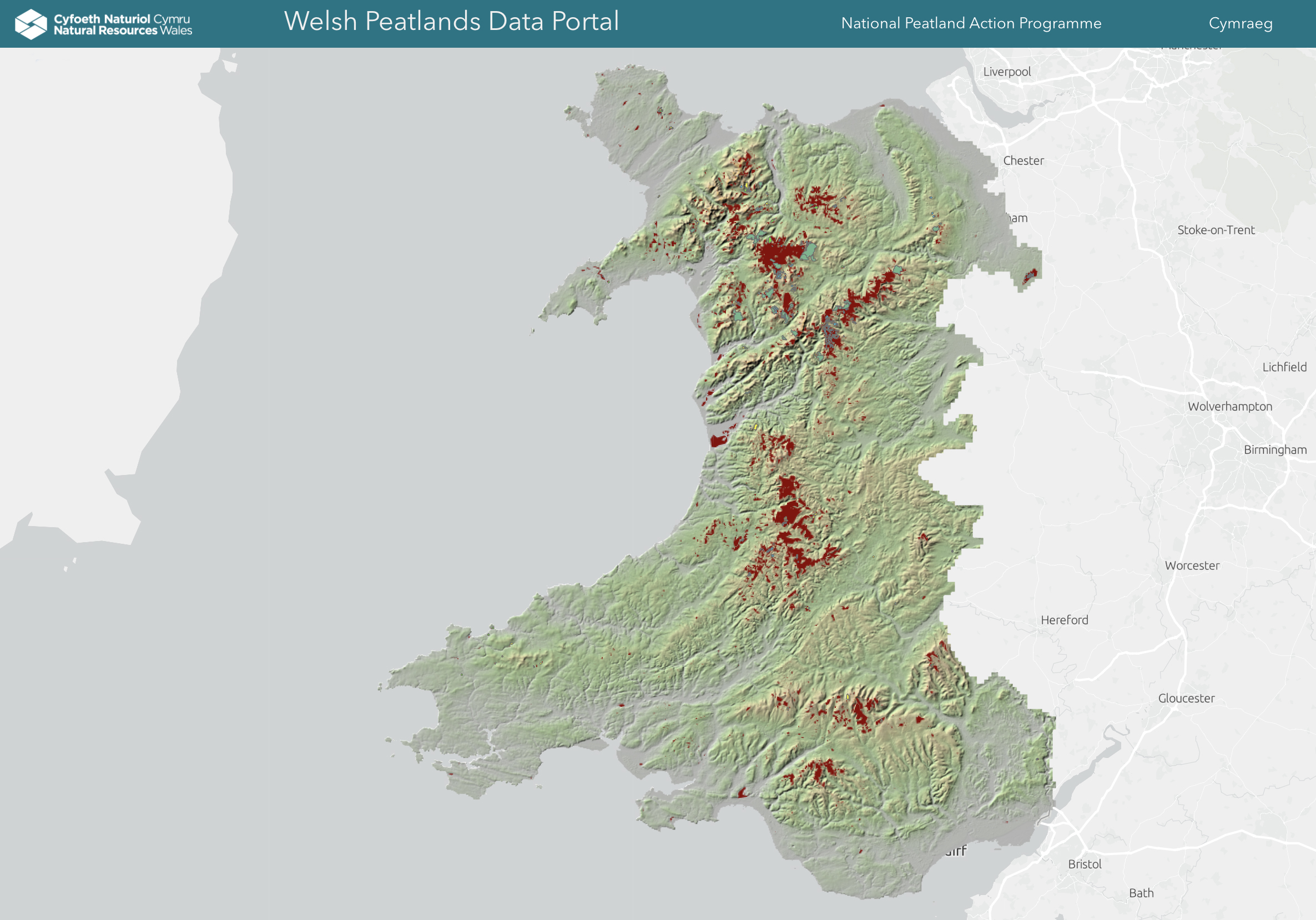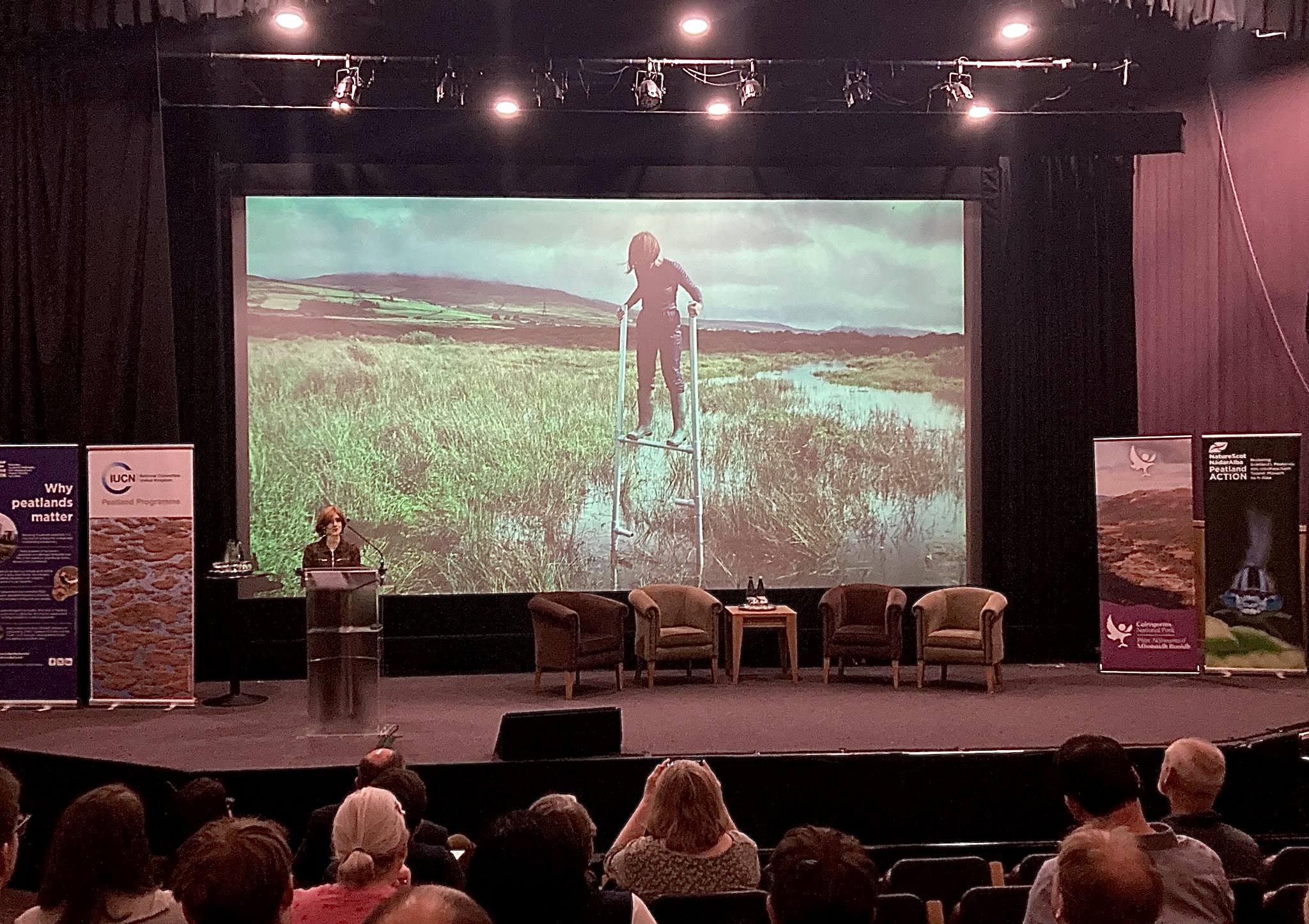

Developed over the course of my Future Wales Fellowship, this is a work in progress - a creative exploration of peatlands and an attempt to demonstrate how this work shapes my thinking around ecology, sculpture and language.
For context, the Fellowship encouraged me to push and pull at my usual ways of working and ‘Peaty patterns’ is the outcome: part site-research, part performance lecture, part sculptural investigation, I’ve shared elements at events including the IUCN Peatland Conference in the Cairngorms, Earth Rising at IMMA Dublin and Before the Object: Material Histories, Infrastructures, and Ecologies at HBK Braunschweig University of Art.

My creative research has been rooted in Welsh quaking bogs, specifically Cors Gyfelog, Eifionydd (just a few miles from my studio) and Crymlyn Bog, Swansea, both managed by Natural Resources Wales and undergoing restoration as part of LIFEquake. I'm currently sculpting a piece which brings the fragments of my project together, involving film, a soundscape and an installation that will be presented as an exhibition titled CORSIO at Stiwdio Griffith, Swansea College of Art in Autumn 2025.

Peatlands are landscapes that resist immediate access: they’re hidden, subtle. They’re unstable grounds charged with textural stickiness and potential. Interweaving geological, botanical, and cultural time, they are habitats that question human habits, offering material and conceptual frameworks for re-orientation.
In Stirring the mud: On Swamps, Bogs and Human Imagination, Barbara Hurd wrote “what knows no boundary between land and water will know no boundary at the edge of your body.” And on Cors Crymlyn and Gyfelog, boundaries certainly become a blurred mess once you get stuck in, between what is solid/swampy, stable/unstable, alive/decaying. There is porosity here between human and more-than human bodies that start to establish new boardwalks of thought.

Peat is slow, sticky, dirty and wet. It covers only 4% of the land area in Wales but stores one third of total soil carbon. A healthy peatland is also a rich ecological habitat for rare wildlife including bog orchids, marsh fritillary butterflies, and the fen raft spider.
Only 1mm of peat forms in a year at sites that can be up to 12 metres deep: materials take time, and these sites are deep maps that help us to read the past and imagine the future.
During the Fellowship, I had the opportunity to gather and share my material thoughts at the following events and platforms:
17.9.2024
IUCN Peatland Conference
20.9.2024
Earth Rising, IMMA
27.9.2024
Peak Peers
13.10.2024
Gŵyl Cynhaeaf Arall
22.11.2024
Before the Object: Material Histories, Infrastructures, and Ecologies, HBK Braunschweig
25.2.2025
Why Women Grow Podcast
On being peat compatible:
A discussion with Alice Vincent on Crymlyn Bog
27.3.2025
Sharing at Stiwdio Cadnant, Caernarfon
in the company of Dylan Huw and Alison Neighbour

My Future Wales Fellowship was supported by Arts Council Wales, Natural Resources Wales, Peak Cymru, National Trust and Elan Links. I’m extremely grateful for this opportunity, and the time it has provided to creatively explore ‘connections to nature’.
